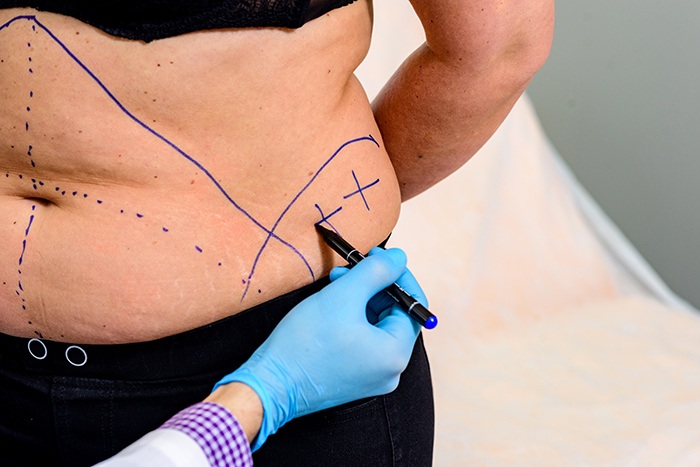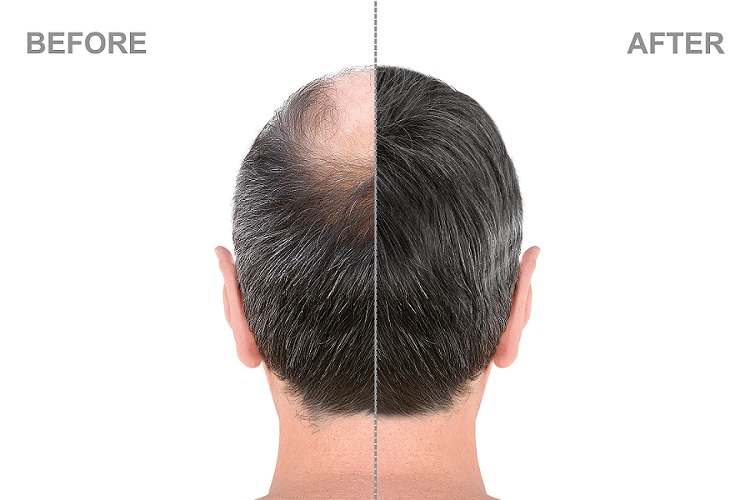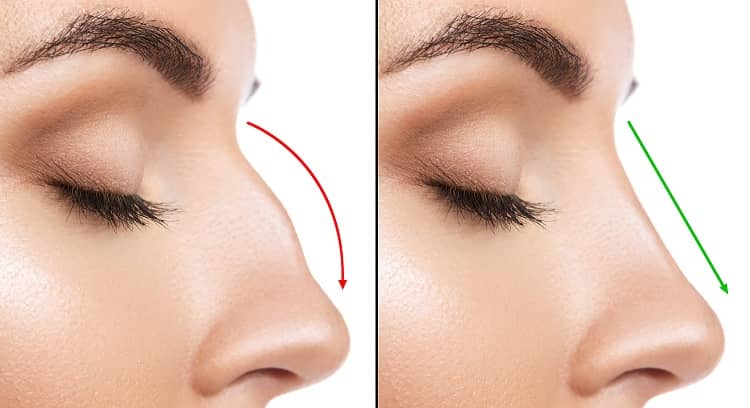Liposuction is among the most popular cosmetic procedures in the world. Given the state of its popularity, one could consider that people know well-enough about it to ignore the myths. However, there are many misunderstandings regarding the procedure.
In this article, we will be listing a few such myths about liposuction.
1. It can help in losing weight
The truth about the liposuction procedure is that people can lose about two to five pounds. In fact, this procedure is best suited for people who are within 30% of their goal weight range. This procedure is for reducing localized fat.
2. It can help in treating cellulite
There is a difference between cellulite and irregular fat pockets. Cellulite occurs when the subcutaneous fat is pushing the connective tissue bands under the skin resulting in those characteristic bumps and dimples. Through the liposuction procedure, the doctor will be able to get rid of the soft and fatty tissue, but there won’t be any effect on the skin or any other tissues. There won’t be any changes to the fibrous connecting bands either.
3. It is not for old people
Anyone with in good health can get the liposuction procedure done safely. However, if elasticity and firmness is decreased, which commonly happens with age, the skin won’t be able to re-drape over the newly reshaped and slimmed contours will be compromised.
4. It is dangerous
Every surgical procedure has some risk. However, over the years, liposuction procedures have gotten increasingly sophisticated and safe. If you get the surgery done by a board-certified and experienced plastic surgeon and follow all the postsurgical instructions, the procedure will be as successful and safe as other procedures.
5. It will fix your lax skin
A heavy tummy or a double chin is made up of excess fat and sagging skin that has reduced elasticity. In these cases, instead of a liposuction procedure, the surgeon might recommend a skin tightening procedure. This is because the former might get you a deflated appearance.
6. It is the easy way out
Liposuction is not for losing weight. And, in order to get ideal post-surgical results, one has to commit to a healthy lifestyle. Just like any other contouring procedure, liposuction is used for streamlining and contouring localized areas in someone within their goal weight range.
7. Fat deposits will return
Liposuction is a permanent procedure. So, after the fat cells have been removed, they won’t come back. But, there might be some fat cells remaining that can expand the area and grow if one’s calorie intake gets excessive. However, this can be prevented through an exercise regimen and a healthy, balanced diet.
8. It doesn’t have any recovery period
Even though it is an outpatient procedure and relatively safe, liposuction has a recovery period, just like any other surgical procedure. Its after-effects are swelling, soreness, bruising around the treated area. While the recovery duration will vary from person to person, one must take rest for a week at least. Resuming exercise or strenuous activity can be done about 4 to 6 weeks later.
9. It is for women
Liposuction is also a popular procedure among men. In fact, according to the ASPS statistics, it is among the top 5 cosmetic surgeries, in terms of popularity, in America among men. The most common treatment areas include the love handles, chest, and abdomen.
10. It can always get rid of belly fat
The liposuction procedure can be used for targeting subcutaneous fat located above the muscle and under the skin. An abdomen protruding because of fat present on the internal organs (known as intra-abdominal or visceral fat) and under the muscle won’t be improved through the liposuction procedure. The best way of combating visceral fat is an appropriate diet and exercise.
For a person who is committed to a healthy lifestyle and looking for a way to reach their ideal weight, liposuction offers an excellent and cost-effective path to achieve those goals. After getting an understanding of this popular surgical procedure, the patients will be able to get the best care and treatment.
Blog written by:
Dr. Sasikumar
Consultant Cosmetic Surgery
Apollo Cosmetic Clinics, MRC Nagar








